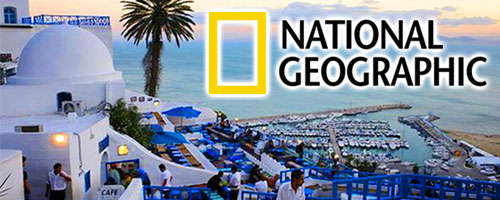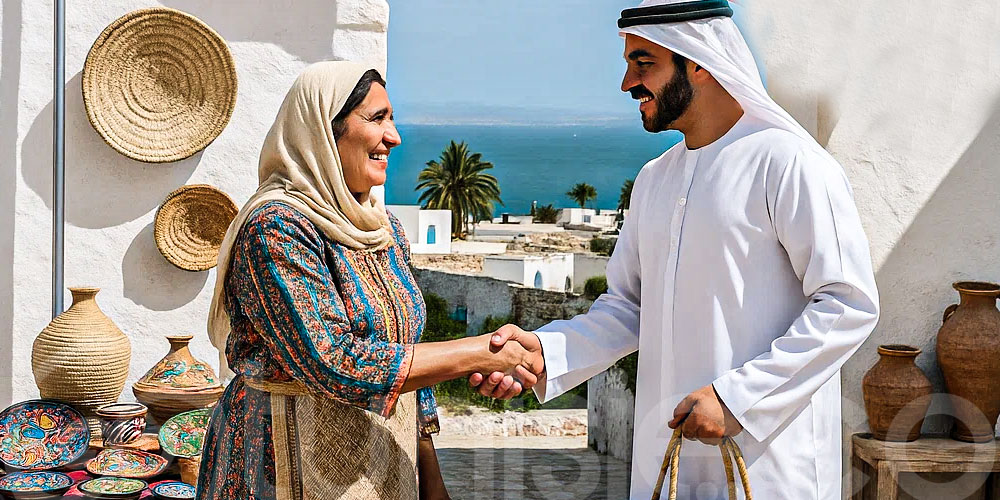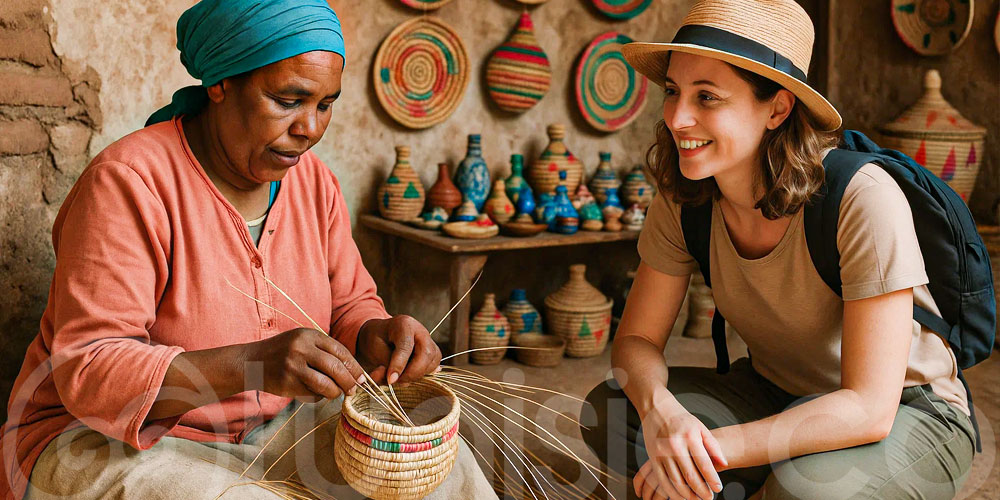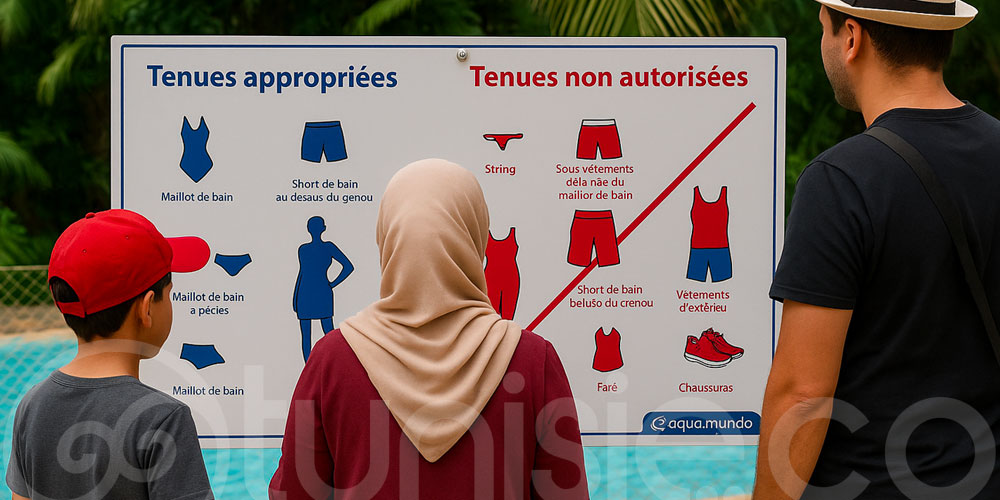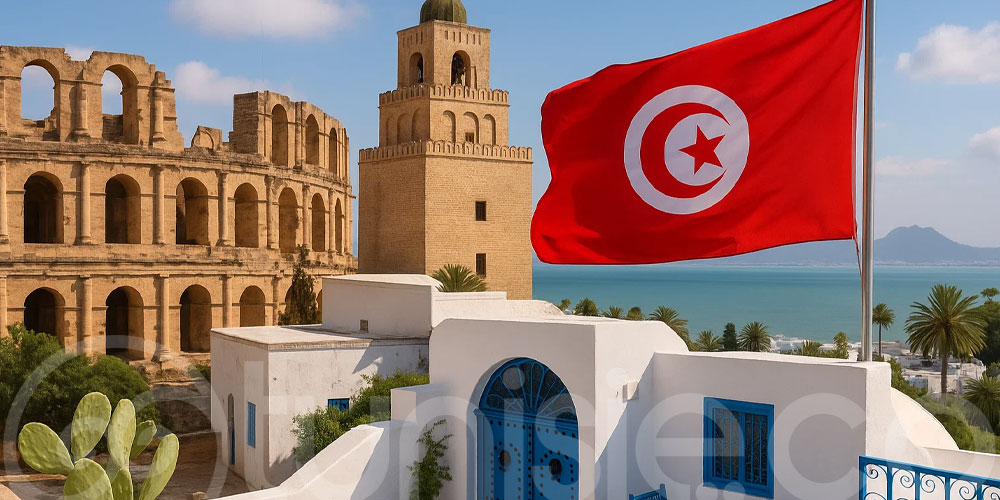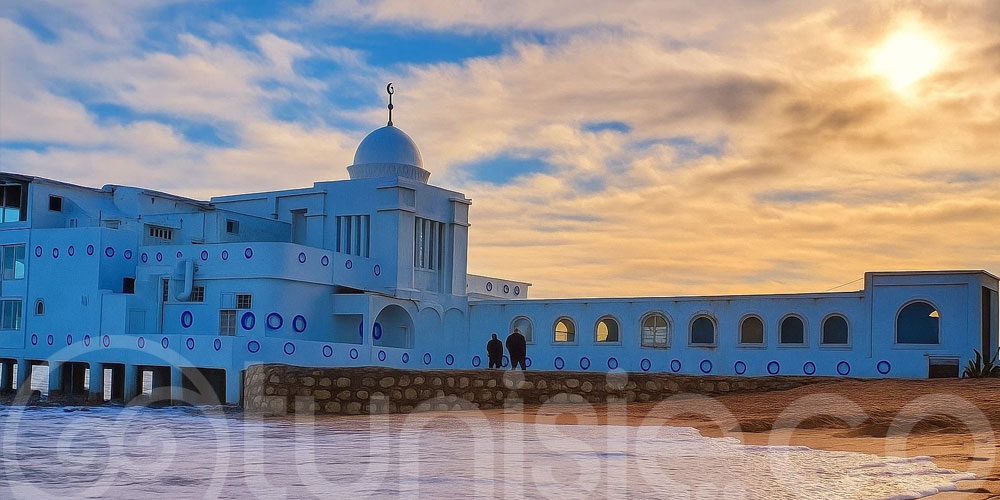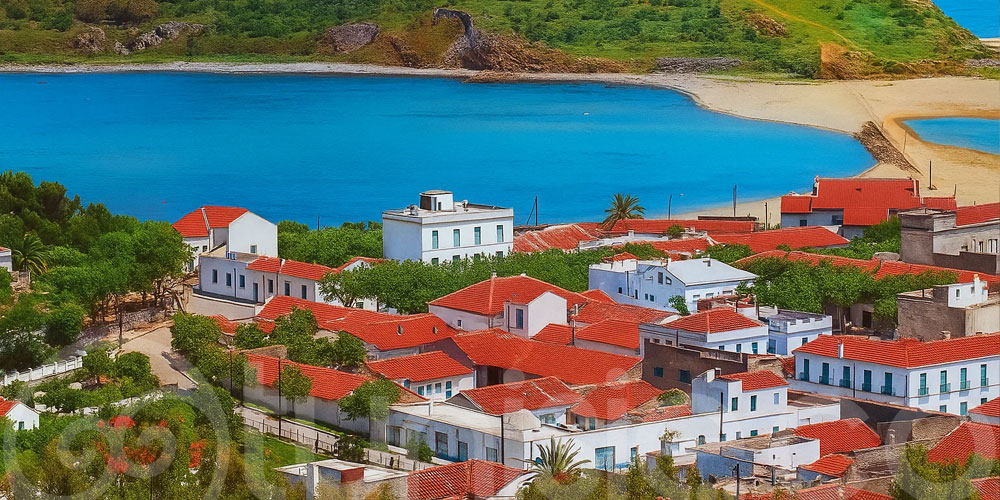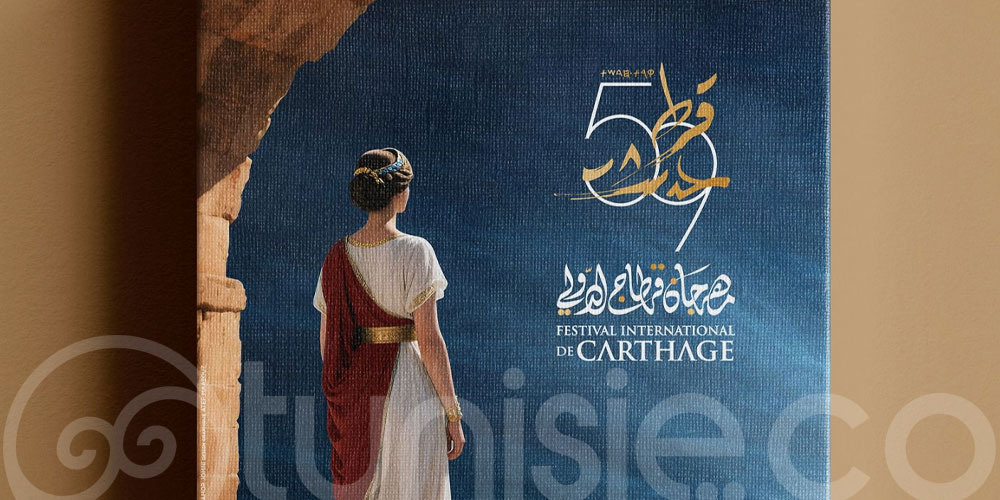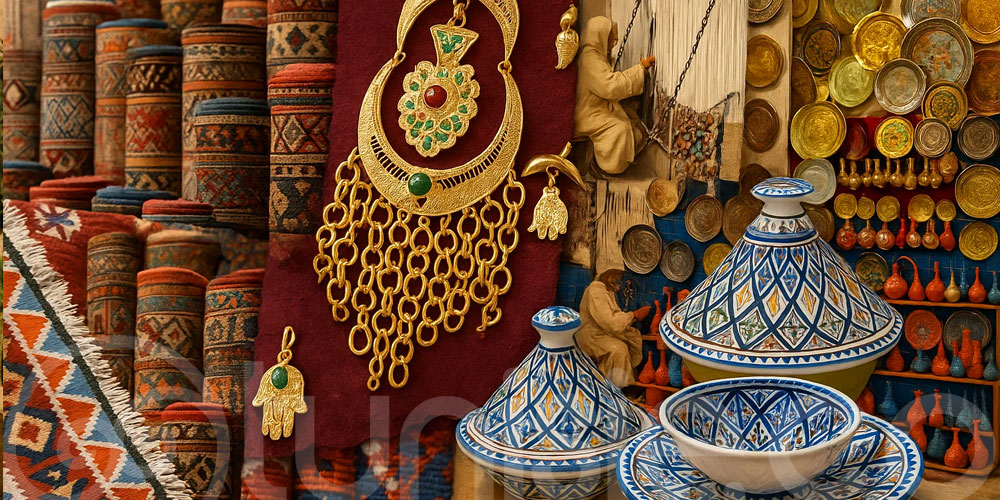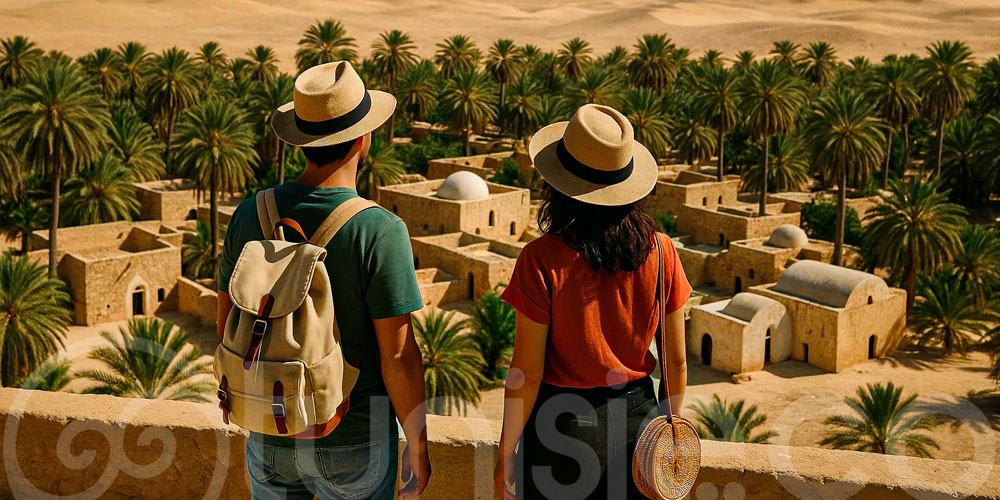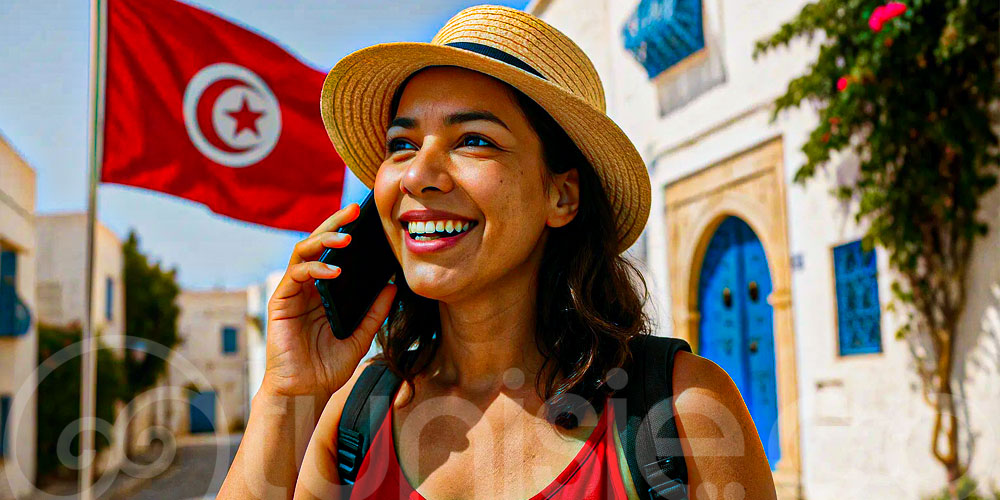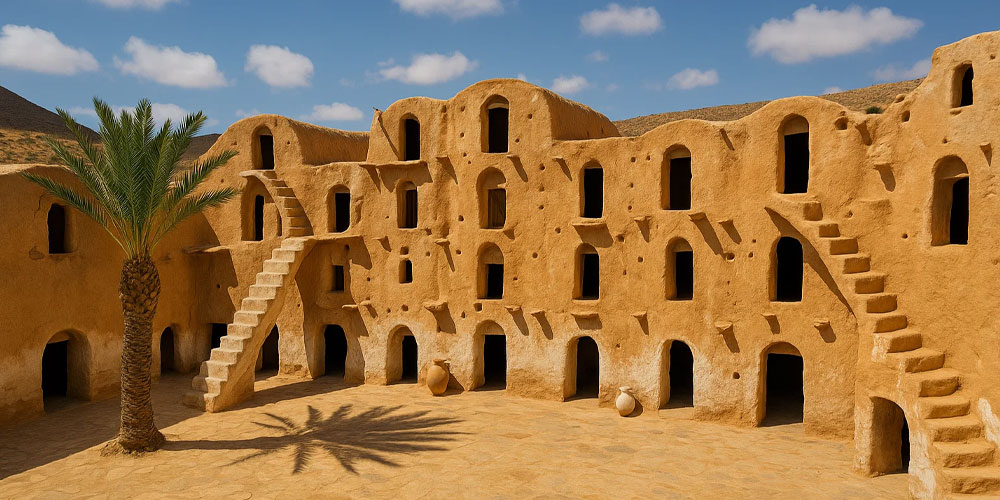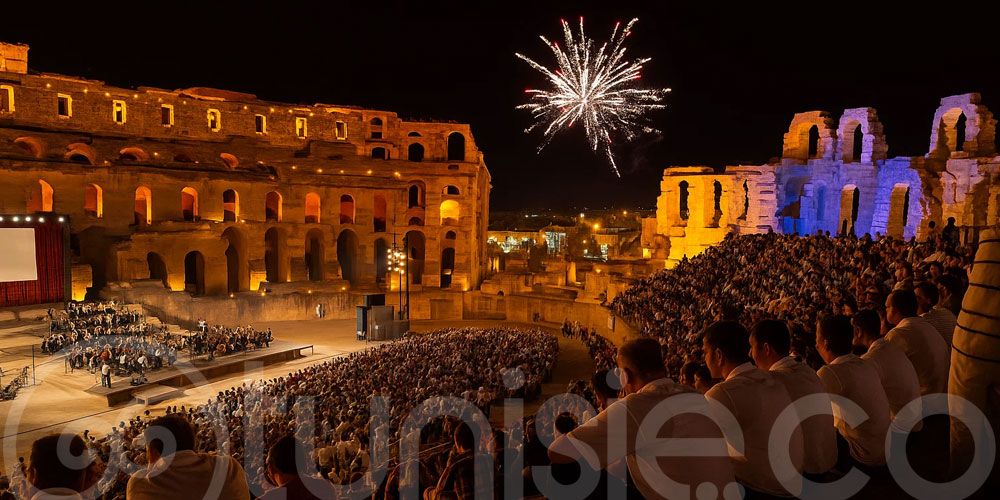Le célèbre magazine National Geographic Traveler présente le top 20 des destinations a visiter en 2015.
National Geographic classe la Tunisie parmi les meilleures destinations pour 2015
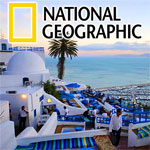
De l’Inde à la Suisse le classement National Geographic Traveler Best Trips 2015 évoque la capitale de la Tunisie.
À ce propos National Geographic dit :
Byrsa Hill, in Tunis’s upmarket suburb of Carthage, makes a dizzying aerie to watch the sun set into the bay. The vantage point might be the Light Bar at the decidedly 21st-century Villa Didon, but Phoenician streets lay deep beneath and, down on the waters’ edge, the scalloped foreshore traces a Roman naval port. Inland, the coils of the ancient medina and the colonial grid of the early 20th century French city tell other chapters of Tunis’s story of conquest, resistance, flux, and assimilation, from mythic Dido to the Jasmine Revolution of 2011.
The city’s layered charms are something that many pre-revolution visitors missed entirely, on their way to the Sahara or the Mediterranean beach resorts of Hammamet and Sousse. These sun-holiday tribes all but abandoned Tunisia after 2011, but with a relaxation of most travel warnings to the country, a new breed of traveler has replaced them. They come to discover Tunis’s past, yes, and now also its cultural energy, what Ahmed Loubiri, the organizer of international electronic music festival Ephemere, sees as a widespread “urge to be creative.” Loubiri says this ranges from “random jam sessions in garages and coffee shops to humongous festivals.” Galleries such as Selma Feriani and Hope Contemporary continue to thrive in the neighborhoods of La Marsa and Sidi Bou Said, and Tunis’s antiquities museum, the Bardo, has reopened with an ambitious new wing.
“It’s a Tunisian habit to know how to receive guests. We get back as much as we give,” says Marouane ben Miled, who runs La Chambre Bleue, a medina B&B, suggesting that this fresh popularity might also mark the beginning of a fertile conversation. —Donna Wheeler
Travel Tips
When to Go: April-October (summer) for beach vacations; November-March for golf and spa vacation
How to Get Around: Take a metered yellow taxi from Tunis-Carthage Airport (cabs queue up outside the terminal) to your hotel. Use yellow taxis and white louages (shared cars or vans) with red stripes painted on the front and sides to get around the city. Travel in the medina is on foot. A light-rail route connects the city center to Carthage; however, trains are overcrowded during commuter hours.
Where to Stay: The Residence Tunis has 155 rooms and nine suites, each elegantly appointed with ivory Alicante marble floors, private balconies (request a sea view), and calming beige and white tones. Moorish architectural features, including domed ceilings, arched alcoves, and cupolas, pay homage to Tunisia’s Arab-Andalusian heritage. The resort’s opulent Spa and Thalasso offers massage therapies and other restorative treatments incorporating natural northern Tunisian elements such as sea salts, heated seashells, and marine mud.
What to Eat or Drink: Northern Tunisian cuisine is an aromatic, cross-cultural melange blending Mediterranean, Middle Eastern, and African influences. Exotic herbs and spices, including anise, cloves, ginger, saffron, and potent harissa (hot chili-pepper paste) are used to season popular dishes such as couscous au poisson (with fish), merguez (lamb sausage), and kabkabou (baked sea bream with tomatoes and capers). Sip mint tea and sample authentic Tunisian dishes in style at the venerable Dar El Jeld, housed in an 18th-century palace on the western edge of the medina. Reservations recommended. Closed Sundays.
What to Buy: Look for perfume, incense, gold and silver jewelry, silk, and other gifts in the medina’s lively souks—and be prepared to bargain. Shops and stalls are clustered by trade in specific areas, making it easier to compare prices and quality. At the Souq des Chéchias, watch artisans shape knitted tubes (dyed red and dried) into traditional Tunisian red caps, or chéchias.
What to Read Before You Go: In Tunis, family storytelling traditionally is a women’s ritual that takes place in private. Behind Closed Doors: Women’s Oral Narratives in Tunis (English translation, Rutgers University Press, 1996) is a collection of 47 of these stories told by three Tunisian women from the city’s prominent Beldi community.
Cultural Tip: Tourists are easy targets for con artists, thieves, and pickpockets (particularly in the city’s crowded marketplaces). If you are a crime victim, immediately contact the U.S. Embassy in Tunis
Fun Fact: The painted doors found in the medina are brightly colored for a reason. There’s a special meaning in each color, including yellow ochre (the color loved by God in the Koran); green (the color of paradise); and blue (recalling the blue of Sidi Bou Said village north of Tunis).
Insider Tip From Donna Wheeler: Up the stairs from the push-and-shove of the medina’s heaving main drag is El Ali, a serene, book-strewn café and cultural center where tangy citronnade with almonds is served on a terrace facing the Almohad-style minaret of the ancient Zitouna mosque.
presents the New Year's must-see places. Whether it’s India’s literary hub or Switzerland’s mountain majesty, these 20 go-now destinations will send you packing.
